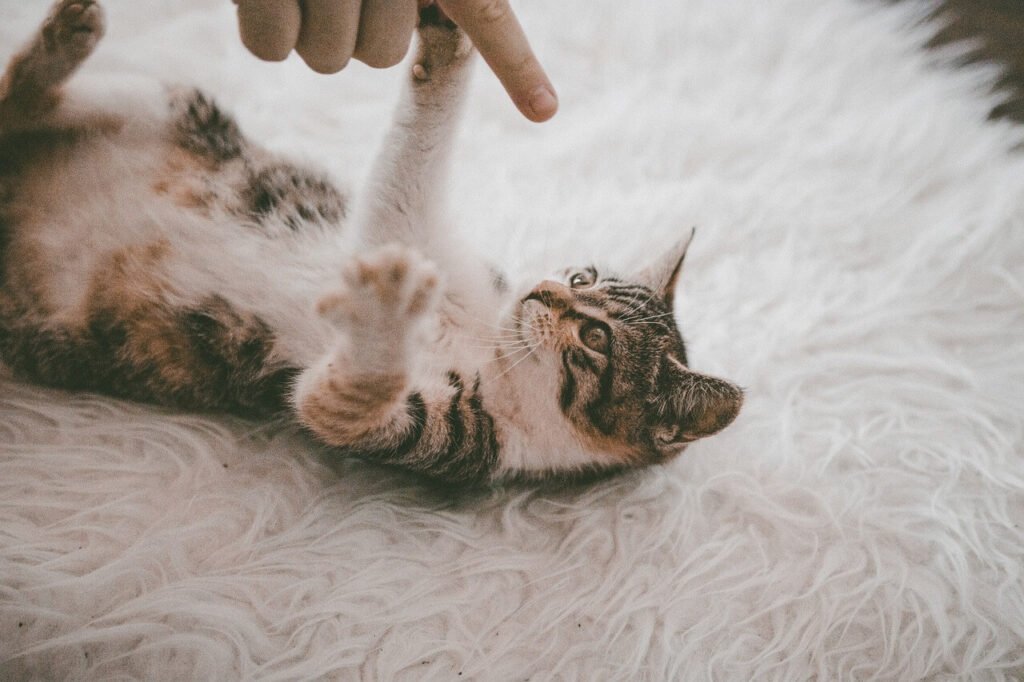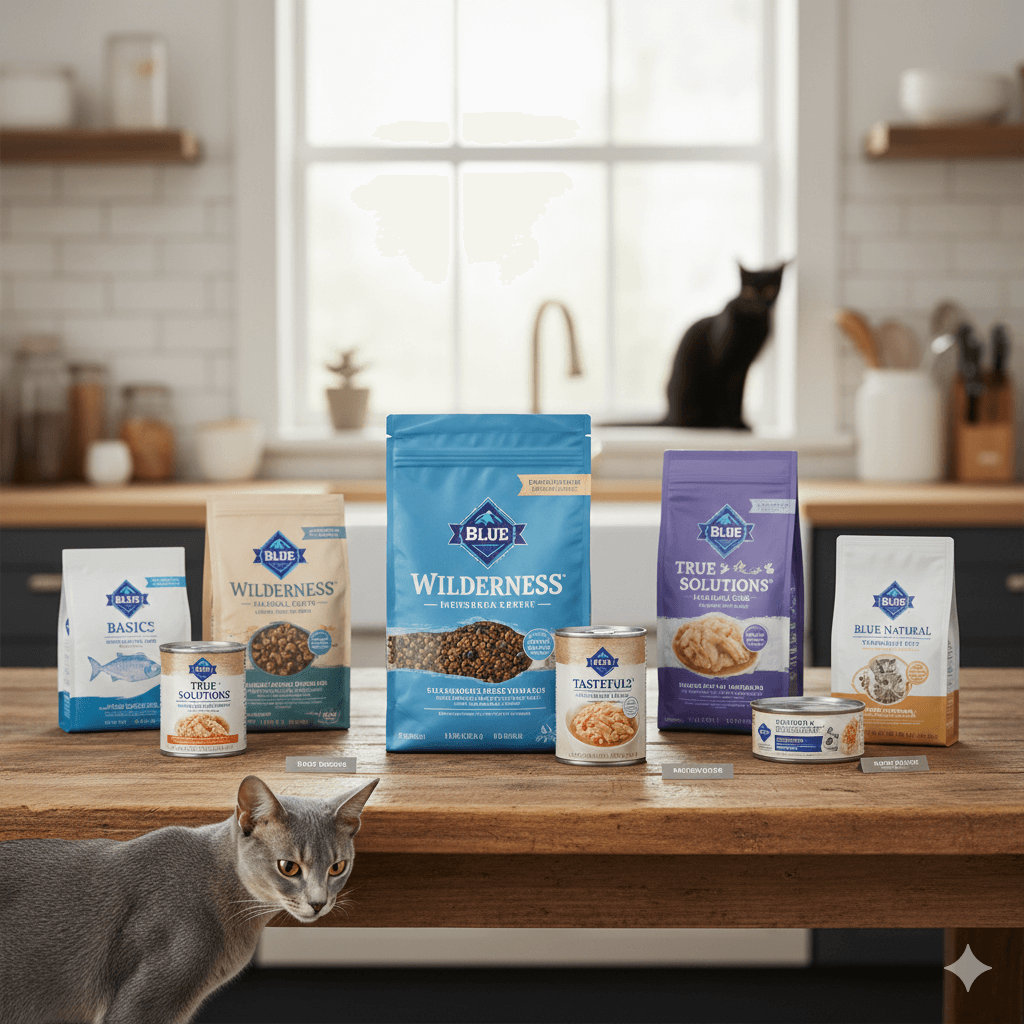Why Do Cats Groom Each Other? Unpacking This Adorable Behavior
Few things are as heartwarming as watching two cats gently grooming each other. This behavior, known as allogrooming , is not only adorable but also deeply rooted in feline social dynamics. While many pet owners assume cats are solitary creatures, their grooming habits reveal a surprising level of social interaction and connection. But why do cats groom each other? Is it purely about cleanliness, or does it serve a deeper purpose? In this blog post, we’ll explore the reasons behind this fascinating behavior, its benefits, and what it means for your feline friends. Whether you’re a cat owner or simply an admirer of these graceful animals, you’ll gain a newfound appreciation for their unique ways of bonding.
Reasons Why Cats Groom Each Other
Cats groom each other for a variety of reasons that go beyond just keeping clean. This behavior serves multiple purposes, both practical and emotional. Here’s a breakdown of the most common motivations:
Strengthening Social Bonds
Allogrooming helps cats form and maintain strong relationships within their social group, whether it’s with other cats or even humans.Establishing Trust
By allowing another cat to groom them, a cat demonstrates trust and vulnerability, reinforcing their bond.Marking Territory Through Scent
Cats have scent glands on their faces and tongues, and grooming spreads their unique scent, marking others as part of their “family.”Maintaining Hygiene
Grooming each other helps remove dirt, loose fur, and parasites, especially in hard-to-reach areas like the head and neck.Relieving Stress
The act of grooming releases endorphins, which can help both the groomer and the recipient feel calmer and more relaxed.
Understanding these reasons highlights the complexity of feline relationships. Allogrooming is not just about cleanliness—it’s a way for cats to communicate, connect, and care for one another.
Benefits of Mutual Grooming in Cats
Mutual grooming offers numerous benefits that contribute to a cat’s physical and emotional well-being. This behavior plays a vital role in maintaining harmony within a multi-cat household. Here’s how allogrooming positively impacts cats:
Improves Coat Health
Regular grooming removes loose fur, preventing hairballs and keeping the coat shiny and healthy.Reduces Aggression
Grooming sessions can diffuse tension between cats, reducing the likelihood of fights or conflicts.Encourages Social Harmony
In multi-cat households, mutual grooming fosters a sense of belonging and reduces feelings of isolation.Strengthens Immune Systems
Exposure to each other’s saliva during grooming may help build immunity to common pathogens.Promotes Emotional Well-Being
The soothing nature of grooming helps cats feel secure and content, enhancing their overall happiness.
These benefits underscore the importance of allogrooming in feline communities. It’s a natural behavior that supports both individual and group health.
Check this guide 👉How Much Is Cat Grooming? Best 7 Expert Tips!
Check this guide 👉Cat Over-Grooming Belly and Legs: Best 7 Expert Tips!
Check this guide 👉Cat Overgrooming Scabs: Best 7 Health Tips!

Reasons for Mutual Grooming | Benefits of Mutual Grooming |
|---|---|
Strengthening social bonds | Improves coat health |
Establishing trust | Reduces aggression |
Marking territory through scent | Encourages social harmony |
Maintaining hygiene | Strengthens immune systems |
Relieving stress | Promotes emotional well-being |
Signs Your Cats Are Bonded Through Grooming
If you share your home with multiple cats, you might wonder if they’re truly bonded or just tolerating each other. Observing their grooming habits can provide valuable insights. Here are some signs that indicate your cats are forming a close relationship:
Frequent Grooming Sessions
If your cats groom each other regularly, it’s a clear sign they trust and care for one another.Focus on Hard-to-Reach Areas
Cats often groom areas like the ears, neck, or back of the head, which are difficult for the other cat to reach alone.Reciprocal Grooming
When both cats take turns grooming each other, it shows mutual respect and affection.Relaxed Body Language
Cats that are comfortable during grooming will display relaxed body language, such as slow blinking or purring.Sharing Space After Grooming
After a grooming session, bonded cats often stay close to each other, further reinforcing their connection.
These signs indicate a strong bond between your cats. If you notice these behaviors, it’s safe to say they’ve formed a special friendship.
Tips for Encouraging Mutual Grooming Among Cats
If your cats aren’t grooming each other yet, there are ways to encourage this behavior and strengthen their bond. Here are some tips to foster a harmonious environment:
Introduce Them Gradually
Allow new cats to get to know each other slowly to build trust before expecting mutual grooming.Provide Positive Reinforcement
Reward calm interactions with treats or praise to create positive associations.Create a Stress-Free Environment
Minimize loud noises, unfamiliar visitors, or other stressors that could disrupt bonding.Offer Shared Resources
Provide communal spaces, like cozy beds or scratching posts, to encourage closeness.Engage in Group Play
Interactive play sessions with toys can help cats bond and reduce territorial behavior.
With patience and effort, you can create an environment where your cats feel safe and comfortable enough to groom each other. Remember, every cat is different, so give them time to develop their relationship naturally.
Common Misconceptions About Cats Grooming Each Other
There are several misconceptions about why cats groom each other, and understanding the truth can help us better appreciate this behavior. Here are some common myths and the reality behind them:
Myth: Cats only groom each other for hygiene purposes.
While cleanliness is a factor, grooming also serves emotional and social functions beyond just removing dirt or loose fur.Myth: Only related cats groom each other.
Cats don’t have to be siblings or from the same litter to engage in mutual grooming—it’s about trust and compatibility.Myth: Grooming is always a sign of affection.
Sometimes, dominant cats groom submissive ones as a way to assert hierarchy rather than purely out of love.Myth: Cats that groom each other will never fight.
Even bonded cats may occasionally squabble; grooming doesn’t eliminate all conflicts but helps reduce tension overall.Myth: All cats enjoy being groomed by others.
Some cats may feel uncomfortable with mutual grooming if they’re shy, anxious, or prefer solitude.
By dispelling these myths, we gain a clearer understanding of what drives this fascinating behavior. It’s a complex mix of biology, emotion, and social dynamics.
How to Tell If Mutual Grooming Is Healthy or Excessive
While mutual grooming is generally positive, excessive grooming can sometimes indicate underlying issues. Here’s how to differentiate between healthy and problematic grooming behaviors:
Healthy Grooming Sessions Are Short and Gentle
If the grooming lasts only a few minutes and both cats seem relaxed, it’s likely normal and beneficial.Excessive Grooming May Lead to Bald Patches
Over-grooming can cause hair loss or irritation, signaling potential stress or skin problems.Look for Signs of Aggression During Grooming
Growling, hissing, or swatting during grooming might indicate discomfort or dominance struggles.Monitor Changes in Behavior
Sudden increases in grooming frequency could reflect anxiety or health issues that need attention.Check for Underlying Medical Conditions
Skin allergies, parasites, or infections might drive excessive grooming, so consult your vet if you’re concerned.
Paying attention to these signs ensures your cats’ grooming habits remain healthy and mutually beneficial. Early intervention can prevent minor issues from escalating.
Fun Facts About Feline Grooming Habits
Cats are fascinating creatures, and their grooming habits are no exception. Here are some intriguing facts about why and how cats groom themselves and each other:
Cats Spend Up to 50% of Their Waking Hours Grooming
This includes both self-grooming and mutual grooming, highlighting its importance in their daily routine.Grooming Helps Regulate Body Temperature
Licking their fur helps cats cool down on hot days by promoting evaporation.Mother Cats Groom Kittens to Stimulate Digestion
Newborn kittens rely on their mother’s grooming to encourage bowel movements and digestion.Grooming Strengthens Family Ties in Wild Cats
In lion prides, mutual grooming reinforces group cohesion and reduces tension among pride members.Cats Use Grooming to Apologize After Conflicts
After a minor disagreement, cats may groom each other as a way to “make up” and restore harmony.
These fun facts reveal the depth and versatility of feline grooming. From maintaining hygiene to fostering relationships, grooming is an essential part of a cat’s life—and one more reason to admire their unique nature.
Frequently Asked Questions About Cats Grooming Each Other
Why do cats groom each other’s heads?
Cats often focus on the head and neck because these areas are hard to reach and may carry more scent-marking significance.
Do cats groom other animals besides cats?
Yes, some cats groom dogs, rabbits, or even humans, especially if they share a close bond.
Can grooming too much be harmful?
Excessive grooming can lead to skin irritation or hair loss, so monitor your cats’ behavior and consult a vet if necessary.
What if my cats don’t groom each other?
Not all cats engage in mutual grooming, and that’s okay. They may express their bond in other ways, like playing or sleeping together.
Does mutual grooming mean my cats are friends?
Yes, mutual grooming is a strong indicator of friendship and trust between cats.
Celebrating the Beauty of Feline Bonds
Cats grooming each other is more than just a cute behavior—it’s a testament to their ability to form deep, meaningful connections. Whether they’re strengthening social bonds, maintaining hygiene, or simply showing affection, this act highlights the complexity of feline relationships. By understanding why cats groom each other, we can better appreciate the unique ways they communicate and care for one another. If you’re lucky enough to witness this behavior in your own home, take a moment to marvel at the beauty of their bond. After all, these small gestures remind us of the profound love and trust that exists in the animal kingdom—and sometimes, right under our own roofs.
The Little Lives of Dwarf Cats: Understanding Their Lifespan and Well-being Dwarf cats, often characterized by their uniquely short legs, capture …
Blue Buffalo Cat Food: Best 7 Expert Tips! Discover how to choose the right formula, feeding strategies, and nutritional benefits for your feline friend.
Canned Pumpkin for Cat Diarrhea: Best 7 Expert Tips! Natural remedy to firm stools, soothe upset bellies, and support gut health safely.
Can a Cat Give You Scabies? Best 7 Expert Tips! Discover the truth about feline mites, human skin risks, and how to protect yourself—without panic.




